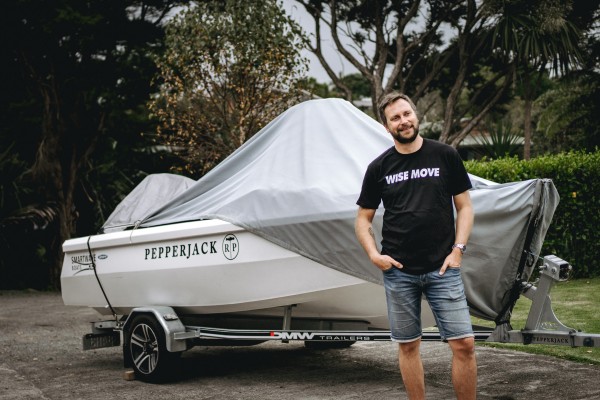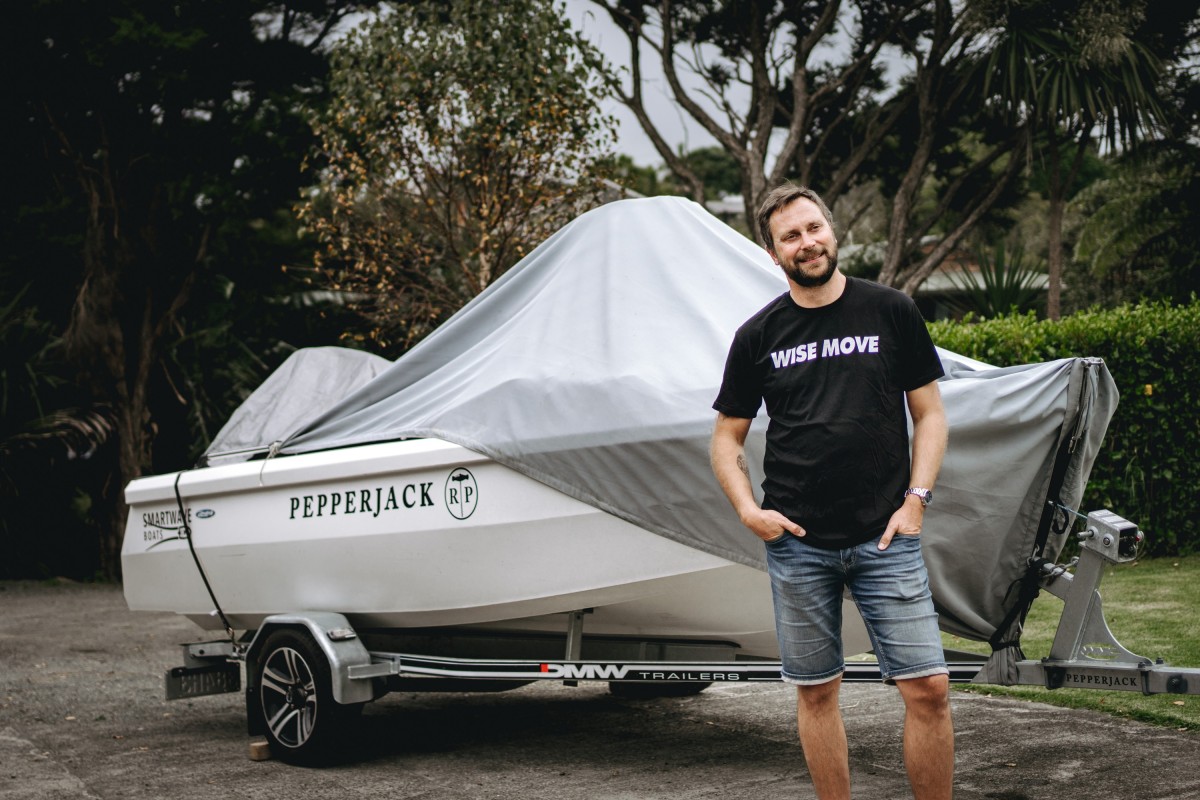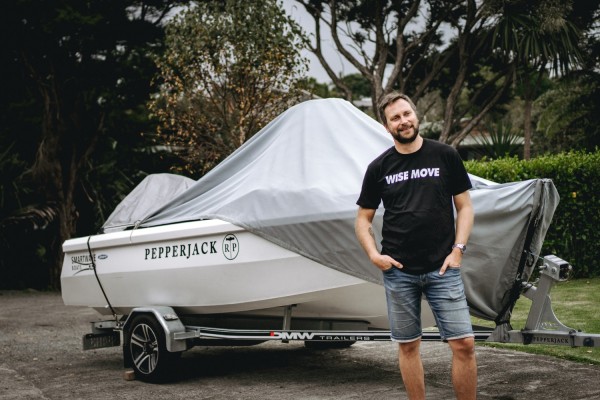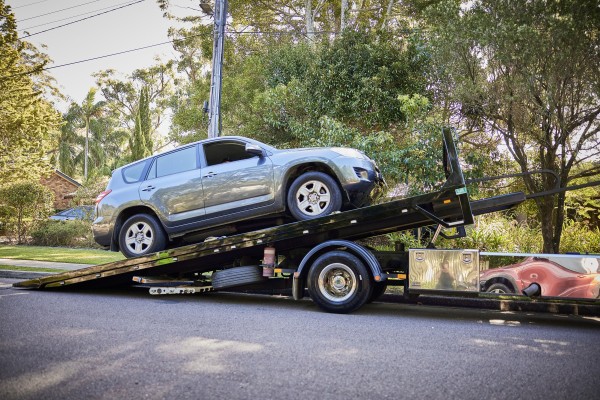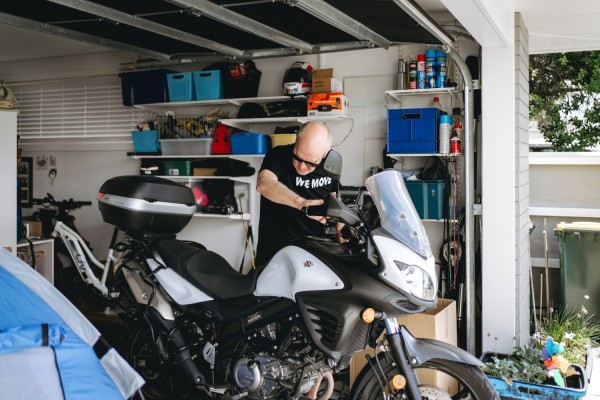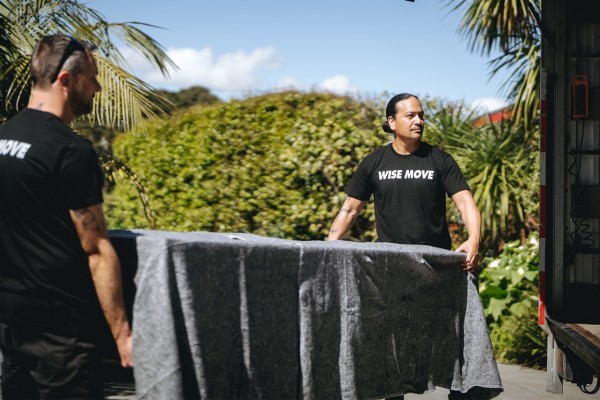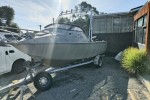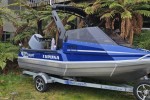Securing Your Boat for Transport

Using a transportation company is a great way to get your boat from one place to another without having to hitch it to a trailer. Covered transport is often a secure and reliable option, not to mention potentially faster than having to do it yourself.
But, before you book your boat for transport, there are some things you should do to ensure it is transported in top condition. While many of these things take time, not doing them could make it harder to identify damage at the other end or just make the journey more expensive than it needs to be.
Secure everything inside and out
One of the most important steps before transporting your boat, is securing all your items inside and out. Whether in a covered or uncovered trailer, you don’t want your belongings rattling around, causing damage to your boat during transport.
Electronics
Protect your boat's electronics by storing them securely locked in the cabin with all doors, windows, and access points. Alternatively, consider shipping them separately for added safety during transport.
Anchors and Moveable Objects
Prevent unwanted movement during transit by securely fastening anchors, propellers, and any moveable items that extend beyond your vessel's specified dimensions. Properly securing these elements is crucial to avoiding potential damage during transport.
Canvas, Cushions, and Screens
Store canvas, cushions, and screens below deck during transport to minimise the risk of damage or loss. Keeping these items in the cabin will also help protect them from weather exposure or blowing off in high winds..
Dinghies
If you have a dinghy, it cannot be transported on a davit or boat crane. Store it inside the cabin and attach it securely by lashing it to a fixed object. This will prevent damage during transport.
Exterior Items
Anything attached to your boat that is removable should be removed. This includes exterior electronics, horns and lights that aren’t a permanent fixture. Pack these items securely in cargo blankets and stow them below deck if you can.
Interior Items
If your boat has interior storage such as lockers and cupboards, make sure these are shut, locked or fastened so the handles can’t turn or the door itself can’t open. You can use cable ties, rope or leashes to do this. This will prevent damage to your objects and the interior of your boat as well.
Make sure you have adequate insurance
If your boat is being transported across the country, you’ll need to make sure you have the right type of coverage. The best way to do this is to enquire with your chosen transportation company about what type of voyage insurance they offer. Ring around as many transporters as you can. You should also ring your own insurance company to see if your boat is protected during transport.
Understanding the coverage details ensures peace of mind ahead of time and will give you a good idea of what costs you may incur if your boat is damaged during transportation.
Provide proper measurements
Before you book your boat for a quote, make sure you give your transporter accurate measurements. While it sounds obvious, it’s easy to underestimate your boat's actual weight without properly weighing it at the time. If you’ve had your boat modified, bought new electronics or have more storage onboard than when you first bought it, the weight can easily change. Take careful measurements of the length, height and width of your boat.
When determining the overall length, include bow pulpits, platforms, outboard motors, and motor brackets, as these all take up room in storage. Measure the engine properly from tip to end. If you are transporting a boat uncovered, giving accurate measurements for height becomes very important.
Height measurements should include the distance from the bottom of the keel to the highest non-removable section, with total standing height calculated from the draft plus clearance.
Depending on the boat model, you may need to remove the bridge. It’s a good idea to measure excluding the bridge and provide bridge dimensions so you’re covered either way. When measuring the width of your boat, measure from the widest point and make sure you include any attachments.
Make sure you provide the actual weight, not just tonnage, as this will affect how much you are charged at the end.
Inspect everything in your boat
Before transport, thoroughly inspect your boat and take any photos of dings, scratches and defects beforehand. If you need to take any additions apart, take photos of these too both before and after. Taking before photos can help you remember how to assemble these parts again. Don’t forget to take photos of the soft furnishings, sails, the dingy or any other parts that are being transported along with your boat.
Once your boat gets to its final destination, you can inspect it again. Photos are the best way to resolve any disputes about new damage.
Protect your exterior
If you have time you can protect parts of your exterior with Glad Wrap. This will protect your boat’s exterior from soot, salt, and other elements. Focus on areas that are most likely to experience damage first like teak and non-skid surfaces. You can also use Glad Wrap to protect stainless steel and chrome fittings from rusting, chipping or scratches. If you have a larger boat, consider removing the windshield and storing it within the boat.
Optimise your boats weight
The best way to save money on delivery is to make your boat as light as possible. This is also the safest way to deliver a boat for transport. Empty your fuel tank and water tanks, keeping only enough for transport. Remove anchors, heavy chains and drain plugs, and ensure a dry bilge. Flush and sanitise tanks with a chlorine bleach solution to keep everything clean during transport.
Power down for battery safety
Before transporting power down all your electronic systems, unplug batteries, and store cables securely to prevent contact. Doing this before the journey will help you avoid the risk of a dead battery once your boat gets to its final destination.
Waterproof hatches and latches
Seal hatches with tape to prevent wind-driven water from getting into the boat during the move. Additionally, secure latches to prevent them from coming undone during transit. This also provides an extra layer of protection against water damage and ensures your boat is watertight no matter what happens.
Prep the cabin
It’s a good idea to just remove any personal items from the cabin and take these with you. If you have any items that are expensive, sentimental and personal, simply take these out. For other items, stow them securely.
Need a boat transportation service you can trust? Wise Move makes it easy to find boat transportation in New Zealand, available when you need it.
What do our customers say?

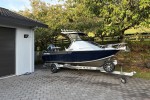
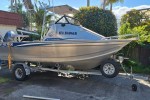

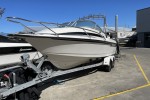

For every (wise)move







